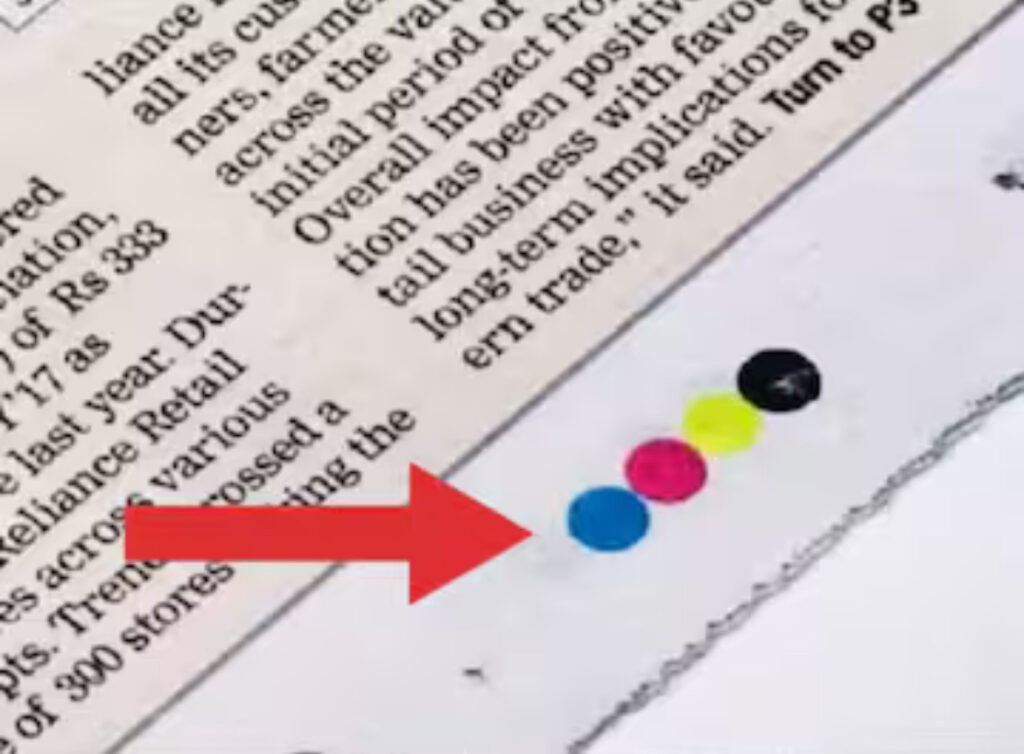In an age where digital news dominates, many people still find joy in starting their day with a cup of tea and a printed newspaper. While the design and content of newspapers have changed over the years, some elements remain constant. One such feature is the small colored dots often seen at the bottom of the pages. Have you ever wondered what they signify?
The Role of Colored Dots
The colored circles, commonly found at the bottom of newspaper pages, play a crucial role in the printing process. These dots are part of a system used to ensure accurate color alignment. The technology behind this system is based on the CMYK color model, which stands for Cyan (blue), Magenta (pink), Yellow, and Black.
Printing uses these four colors as a foundation to create a wide spectrum of hues. Each color is printed using separate plates, which must align perfectly to produce clear and vibrant images. The dots act as markers, allowing printers to check if the plates are correctly aligned. If the alignment is off, the images may appear blurry or the colors distorted.
How Newspapers Get Their Vibrant Look?
The CMYK model forms the backbone of the printing process for newspapers, books, and magazines. By layering these four colors in varying intensities, printers create detailed and colorful visuals. This system was introduced in 1906 by the Eagle Printing Company and has been a standard in the industry ever since.
Beyond Newspapers
The use of the CMYK model is not limited to newspapers. It is widely employed in the production of magazines, books, and even packaging materials. Without it, the vibrant imagery and eye-catching headlines we see daily wouldn’t be possible.
So, the next time you glance at those small dots in your newspaper, remember that they are much more than a design element. They are an essential part of a complex process that brings your daily news to life in full color.

